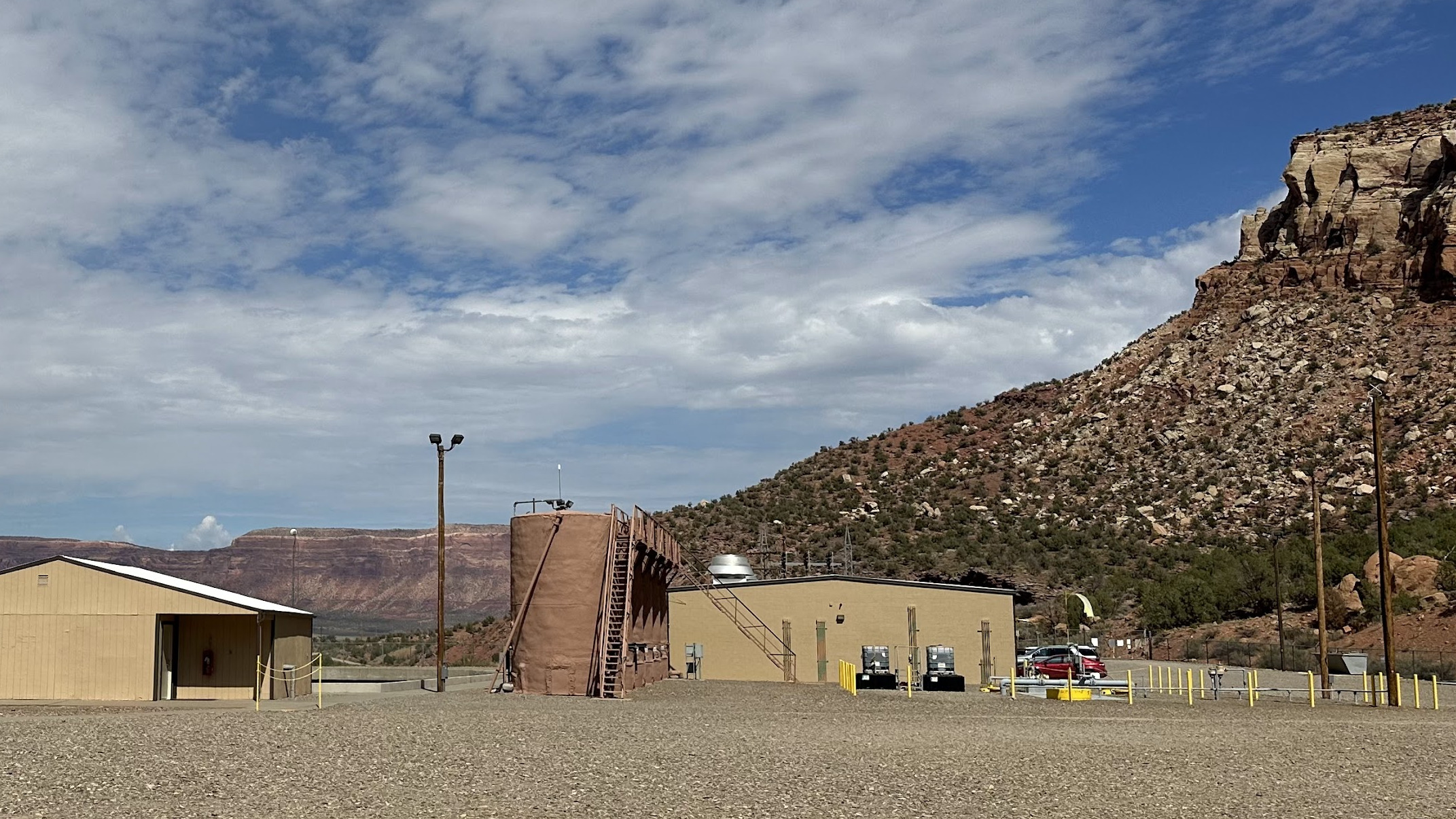Colorado River Basin Salinity Control Program
The Colorado River Basin has several natural sources of salinity which, if not controlled, can damage crops and infrastructure.
The Colorado River Basin Salinity Control Program:
- aims to manage salinity in the Colorado River, including for delivery to Mexico;
- implements U.S. federal law and international agreements between the U.S. and Mexico; and
- is administered by the Colorado River Basin Salinity Control Forum, which coordinates basin state discussions and activities to control salinity, and the Colorado River Basin Salinity Advisory Council, which advises the federal government.
The State of California provides three representatives to each of the Forum and Advisory Council (see the Forum and Advisory Council organization and list of members), who are typically the same three people. One of California’s members in each body is from the CRB. In addition, the CRB and other California-based agencies provide staff to serve on the Forum’s Work Group, which supports technical aspects of the Forum’s activities.
Program links (external)
Background
In 1972, Congress enacted the Clean Water Act, mandating efforts to maintain water quality in the United States. Shortly thereafter, in 1973, Mexico and the United States agreed to Minute 242 of the 1944 Water Treaty, related to salinity levels of Colorado River water being delivered to Mexico (download Minute 242). In 1973, the Colorado River Basin States established the Colorado River Basin Salinity Control Forum (Forum) for interstate cooperation on activities to comply with Section 303(a) and (b) of the Clean Water Act.
Salinity Control Act (1974)
In 1974, Congress enacted the Colorado River Basin Salinity Control Act (Public Law 93-320) (the Salinity Control Act), authorizing the Secretaries of the Departments of Agriculture and the Interior to implement measures that enhance and improve the water quality of the Colorado River System for use in the United States and Mexico.
The Salinity Control Act includes two titles, as follows.
Title I focuses on activities downstream from Imperial Dam and authorizes the Bureau of Reclamation to take actions to comply with Minute 242. Projects authorized under Title I include:
- Main Outlet Drain Extension
- Yuma Desalting Plant
- Coachella Canal Unit
- Protective and Regulatory Pumping Unit
- Reject Stream Replacement Study
Title II created the Colorado River Basin Salinity Control Program, authorizing activities upstream from Imperial Dam to meet the objectives and standards set by the Clean Water Act.
Title II, which constitutes the majority of the basin states’ salinity control efforts, includes programs and projects across a range of federal agencies:
- Bureau of Land Management’s Aquatic Resources Program – the BLM funds and implements salinity control projects on BLM-administered lands.
- Bureau of Reclamation’s Basinwide Program – The Basinwide Program fund and implements a range of off-farm salinity control projects.
- Natural Resource Conservation Service’s Environmental Quality Incentives Program (EQIP) – This program provides technical assistance and cost-share funding to improve on-farm irrigation infrastructure and management.
Many other federal, state and local agencies are involved in implementing the above major programs and other salinity control efforts.
Implementation of salinity control measures under Title II is administered by the Forum and Advisory Committee.
Title II facilities operated by the U.S. Bureau of Reclamation include:

Wells and other infrastructure of the Paradox Valley Unit, a critical salinity control facility funded under Title II, above the Paradox Valley.

